How to Get Rid of Bees From Your Home

Identify the Problem
Identifying the type of bee infestation will make it easier to find a proper solution. All bees are pollinators and, when we can, we should try to find humane solutions. In this article we will show you how to properly identify the most common types of bees you will encounter and how to get rid of bees from your home.
Honeybees

Honeybees are the most well-known pollinators. Beekeeping dates to the ancient Egyptians who wove reeds together to make hives that they would then place bees and brood comb in, much like modern beekeeping.
Honeybees are especially important, not only as honey producers but because they are prolific pollinators. The honeybee handles eighty percent of the pollination of flowering plants and sixty percent of the fruits and veggies we consume. This is why you may hear pest control companies and others say that honeybees are protected, by law. Unfortunately, that is not true!
Here at Old Dominion, we believe that education will do more for the honeybee than misinformation. That is why we are dedicated to help educate our pest control partners and the public on effective and responsible methods of honeybee removal and deterrence.
One of the most effective ways of getting rid of bees from your home, or other structures, is by calling a professional bee removal specialist to perform a live removal.

Why should I Opt for a Live Removal?
The reason you should choose a live removal, rather than exterminating, is twofold. Besides the obvious benefit of saving these wonderful pollinators, exterminating an established honeybee hive will bring more cost and headache than if you were to opt for a live removal.
Honeybees are “social bees” or bees that live and thrive in a group, called a colony. They build honeycomb for use in storing nectar, pollen, and the honeycomb is also where the baby bees, or brood, are nurtured until adulthood. In a healthy colony, there are tens of thousands of adult bees, approximately the same amount of brood, and a substantial amount of honey.
In an extermination, the adult bees, or a considerable amount of them, are killed. This leaves the brood and honey vulnerable to pests such as wax moths, ants, and roaches. Mold and rot are also concerns. Though you might not see the problem right away, it will become an issue that will need to be addressed. Deconstruction, removal, and decontamination of the area would cost more than if the live removal were performed. Extermination should be the last choice. Even when deconstruction of the area is out of the question, a method such as a trap out could work.
Native Bees
The United States has around four thousand species of solitary bees and forty-nine species of bumblebees. Together, they make up our native bee population.
The pictures below show a few of the various kinds of native bees:
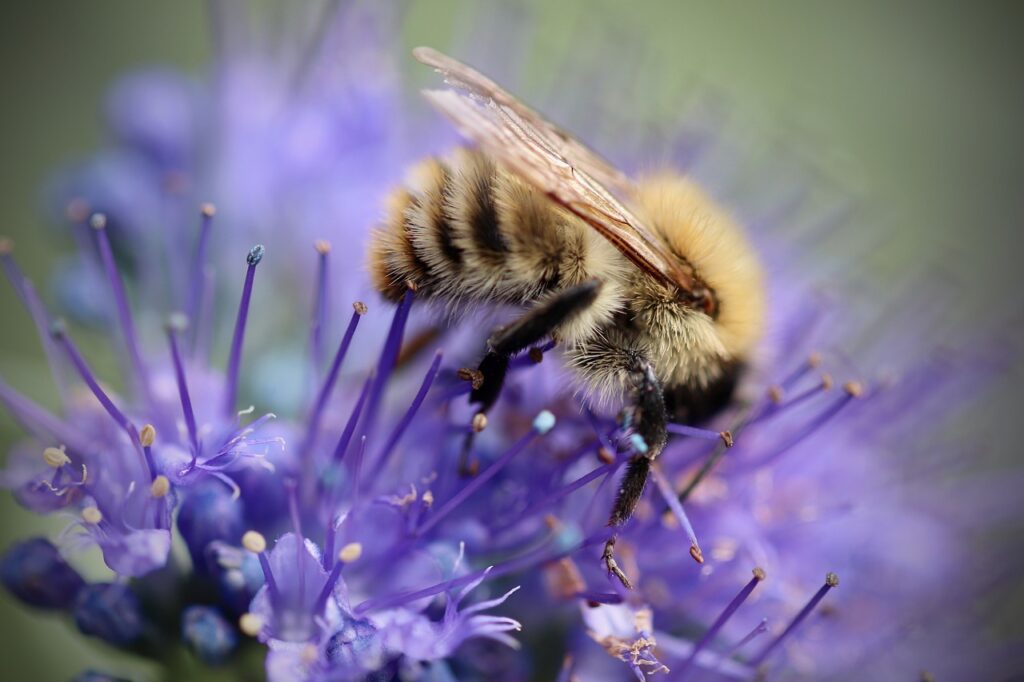
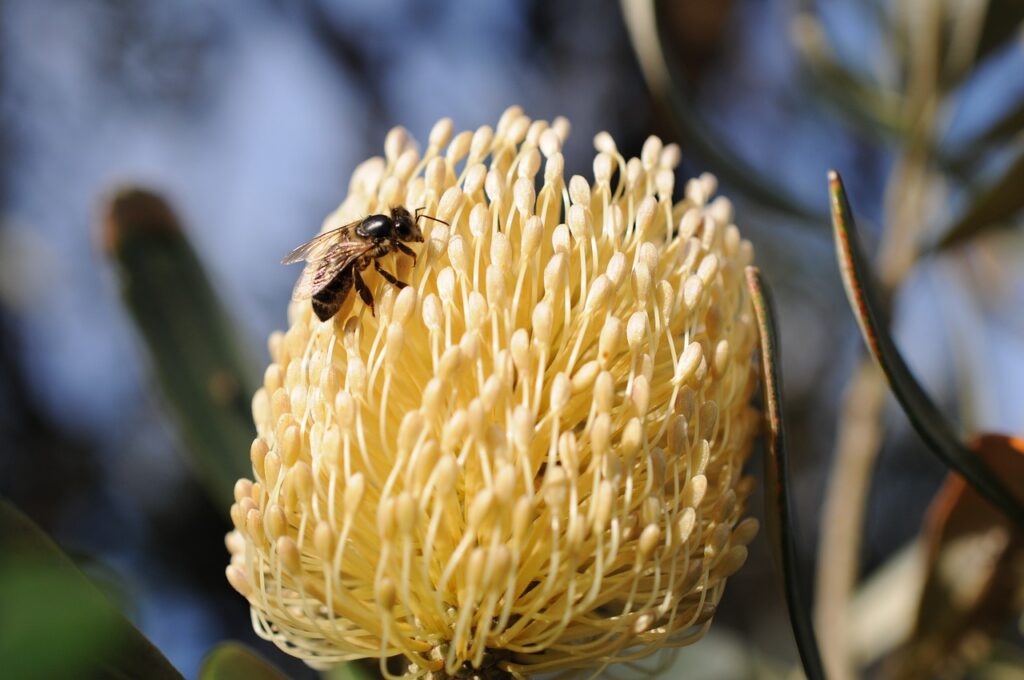

In the spring, we get a lot of calls for honeybees, but once we get pictures or videos from our customers, we find that it is native bee activity, instead. Sometimes we find that they are bumblebees but most of the calls we get are solitary bees.
Solitary bees like mason bees, leaf cutter bees and alkali or ground bees live alone. They are their own boss. No queen or alpha. We do get calls for multiple solitary bees in the same area. Our best guess is that this might come down to preferred real estate but they still live alone, as neighbors.
We advocate to leave most solitary bees alone. They do not pose a threat and do not sting. Strong smelling plants such as mint is said to deter them. We recommend mixing a 16 oz spray bottle of water with 5-6 drops of peppermint oil. Spraying it around the outside of your house and pool does an excellent job of deterring most bees. A Bee Friendly pest control company can help you if these options do not fit.

Carpenter bees are solitary bees that can be a nuisance. They bore holes into wood for their nests and many homeowners just don’t stand for that. Building a bee condo like the one pictured above, can help. A call to your local pest control company can be beneficial but, if you are looking for a chemical-free alternative, a carpenter bee trap could prove to be a wise and effective alternative.
Wasps, Hornets, and Yellow Jackets

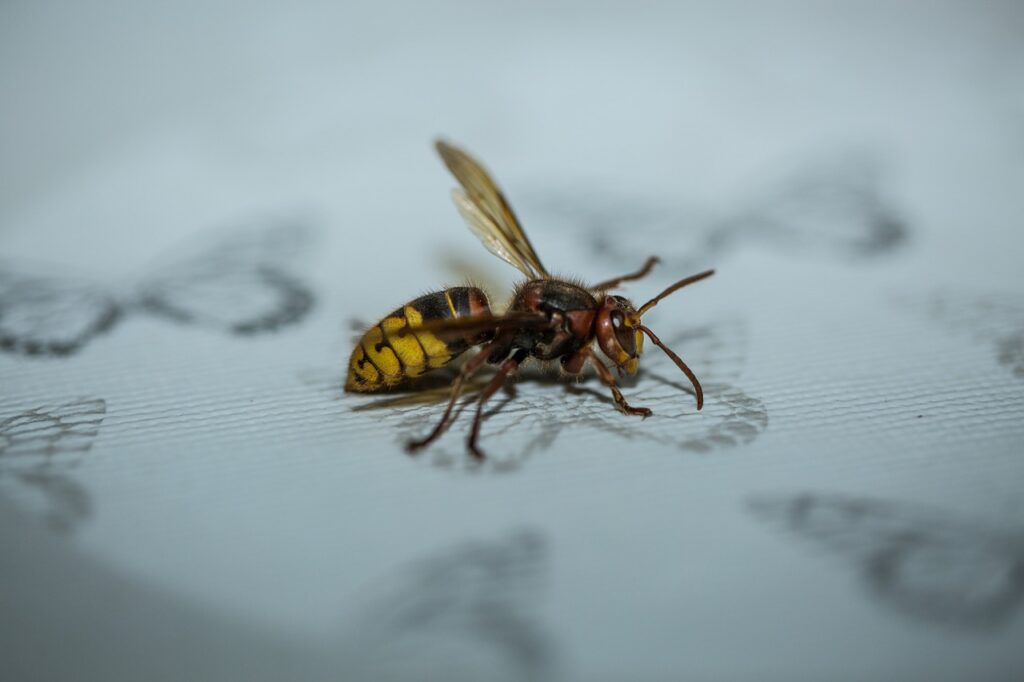
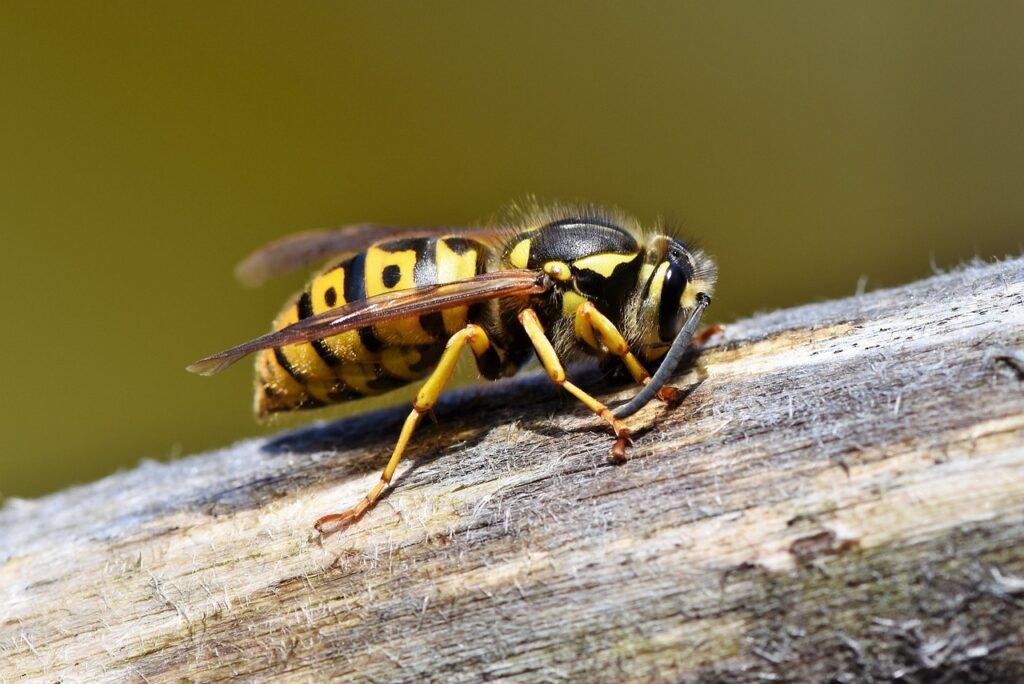
Wasps and hornets are the rough-around-the-edges cousin of solitary and social bees. They are good for the environment because they also pollinate flowers and such. Wasps and hornets just aren’t as friendly or happy about their job, like the honeybee is. They won’t bother you if given space.
Yellow Jackets are on a whole other level! These guys are very territorial but typically won’t bother you if you don’t bother them. Unfortunately, they are very social and, much like honeybees, their numbers are in the thousands in a decent sized hive.
Fortunately for you, our Bee Friendly pest control partners are really good at helping with these three types of stinging insects.
Kenly Cifers
Old Dominion Honeybee Services
(804) 363-9557


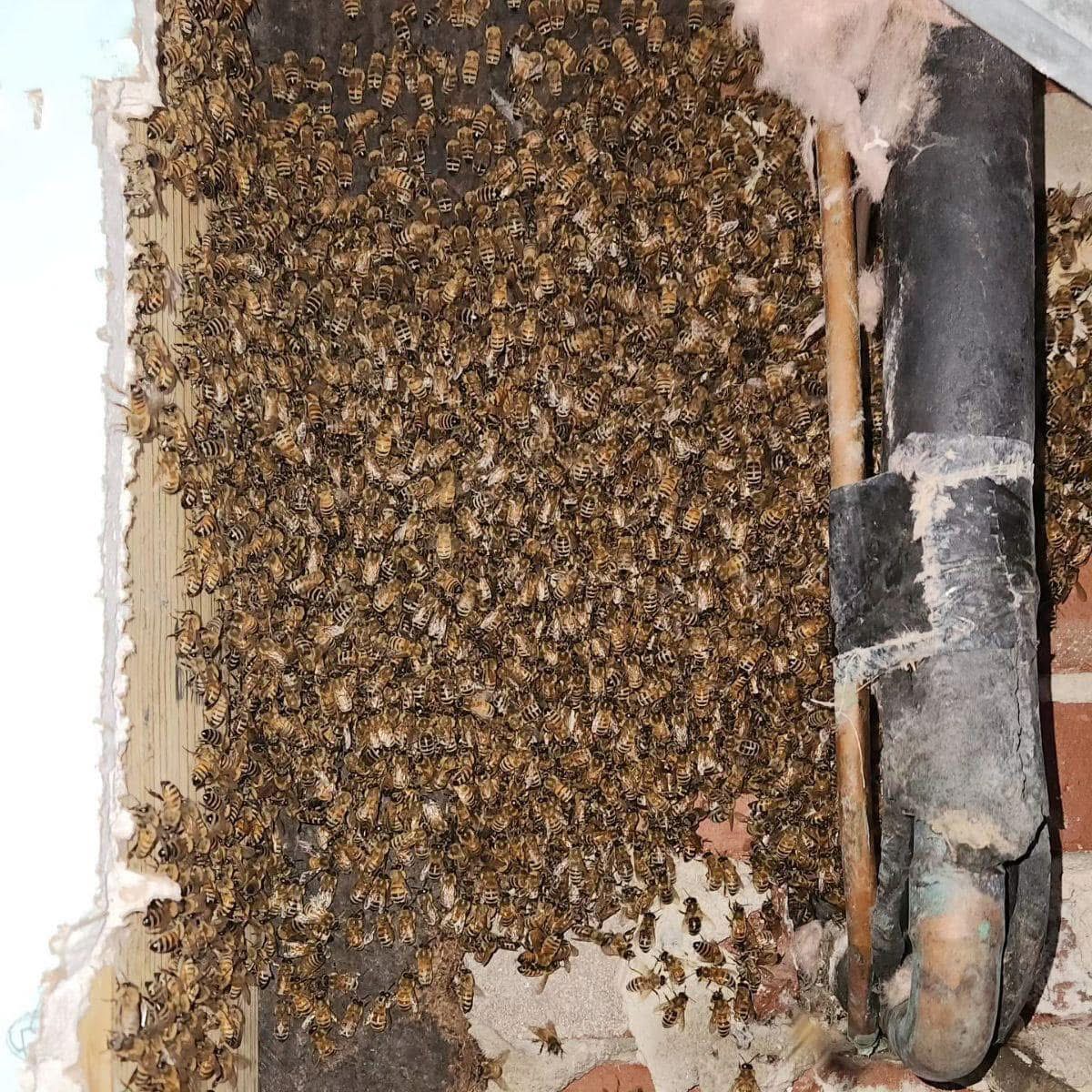

Leave a Reply